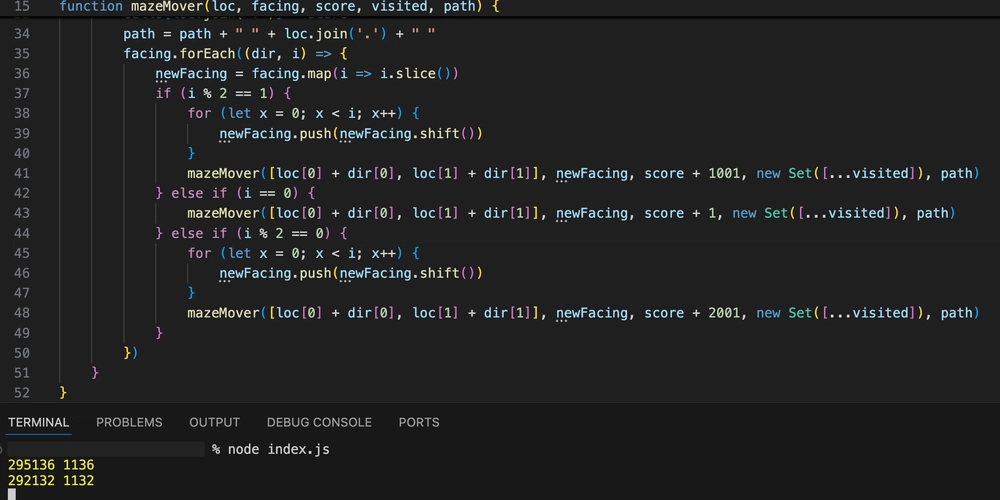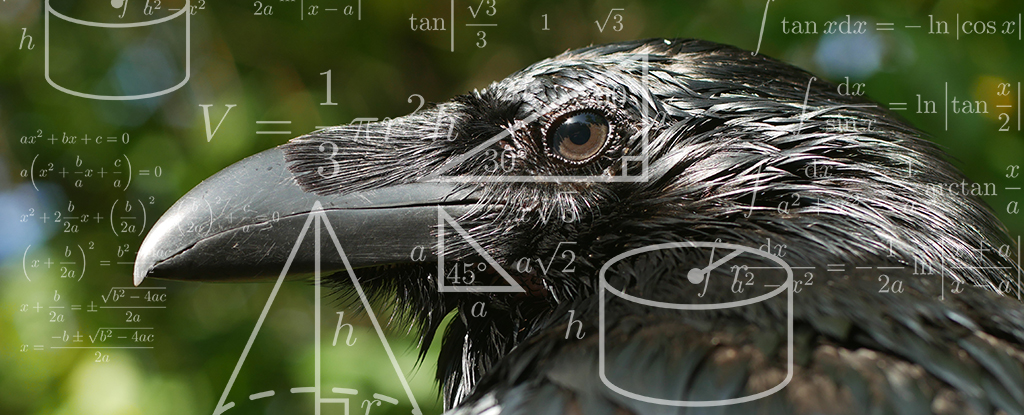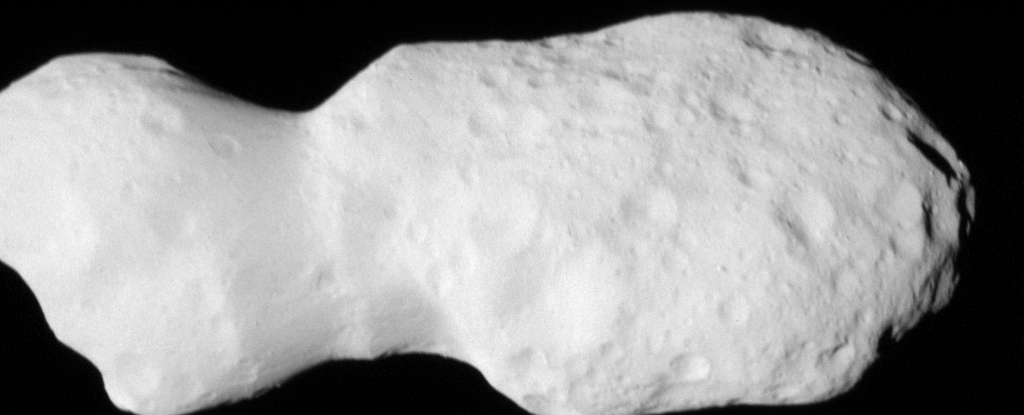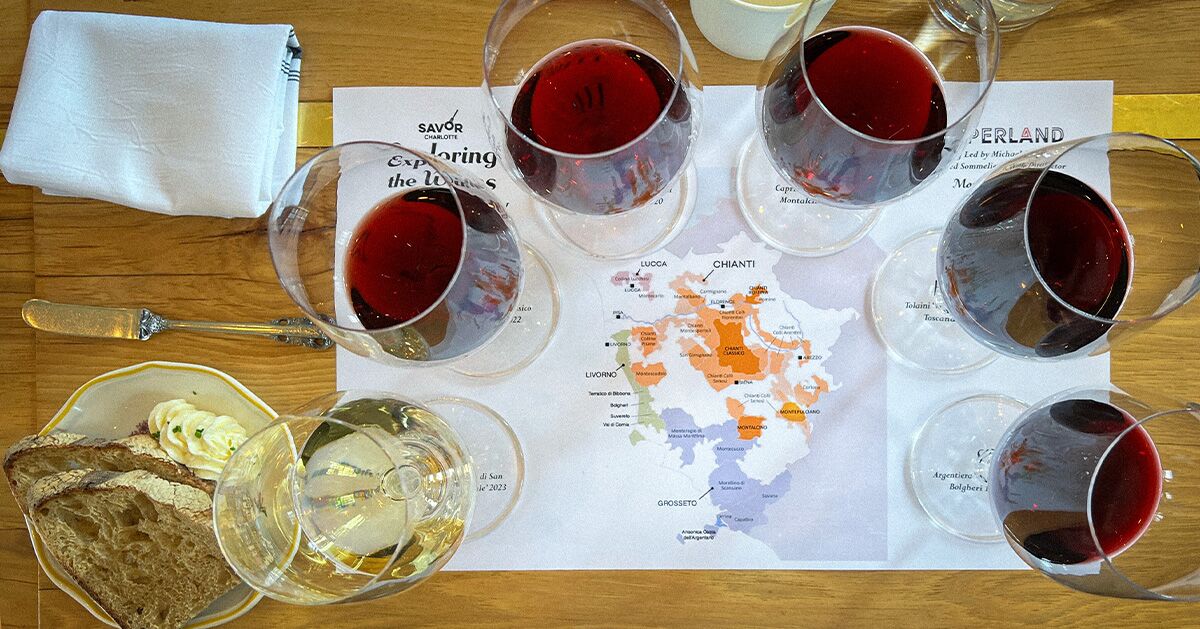El Pozo de Hunzahúa (Hunzahúa Well) in Tunja, Colombia
By the time the Spanish encountered the Muiscas, an Indigenous people from Colombia’s central Andes, the conquistadors had already subjugated both the Aztec and Inca empires. Between 1537 and 1540, the Spanish employed a similar divide-and-conquer strategy with the Muisca. The Muisca’s northern capital and trading center was Hunza, now known as Tunja, about 83 miles (130 km) northeast of Bogotá. Although the Muisca were a looser confederation than the Aztecs and Incas, they were bound together by a common language, social structure, calendar, and mythology. It's here at El Pozo de Hunzahúa (the Hunzahúa Well) that a steamy Muisca legend is said to have taken place. In the 15th century, the Muisca Chief Hunzahúa fell in love with his sister Noncetá and the pair traveled to the province of Chipataes, ostensibly to buy cotton. But while there, the siblings consummated their relationship. After returning to Hunza, their mother noticed Noncetá's pregnancy and started beating her with a sana (a stick used to stir chicha, a traditional corn beverage). The enraged mother accidentally smashed a large pot containing corn beer, spilling the contents, and supposedly creating Hunzahúa Well. During the Spanish conquest, another Muisca leader, Quemuenchatocha, feared the Spanish would seize his gold and ordered his people to throw all their riches into the well. But don't bother jumping in to look for the loot: A Spaniard named Jerónimo Donato de Rojas drained the well to look for the gold only to find mud and dirt. Today when someone from Tunja loses something, especially money, they say, "It fell into Donato's well." In addition to the well, the park contains a walking path interspersed with tiled monuments of Muisca-themed art and explanations of their lives, laws, and legends. The park also includes examples of Muisca huts.

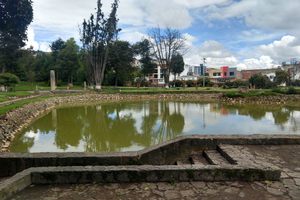
By the time the Spanish encountered the Muiscas, an Indigenous people from Colombia’s central Andes, the conquistadors had already subjugated both the Aztec and Inca empires.
Between 1537 and 1540, the Spanish employed a similar divide-and-conquer strategy with the Muisca. The Muisca’s northern capital and trading center was Hunza, now known as Tunja, about 83 miles (130 km) northeast of Bogotá. Although the Muisca were a looser confederation than the Aztecs and Incas, they were bound together by a common language, social structure, calendar, and mythology.
It's here at El Pozo de Hunzahúa (the Hunzahúa Well) that a steamy Muisca legend is said to have taken place. In the 15th century, the Muisca Chief Hunzahúa fell in love with his sister Noncetá and the pair traveled to the province of Chipataes, ostensibly to buy cotton. But while there, the siblings consummated their relationship.
After returning to Hunza, their mother noticed Noncetá's pregnancy and started beating her with a sana (a stick used to stir chicha, a traditional corn beverage). The enraged mother accidentally smashed a large pot containing corn beer, spilling the contents, and supposedly creating Hunzahúa Well.
During the Spanish conquest, another Muisca leader, Quemuenchatocha, feared the Spanish would seize his gold and ordered his people to throw all their riches into the well. But don't bother jumping in to look for the loot: A Spaniard named Jerónimo Donato de Rojas drained the well to look for the gold only to find mud and dirt.
Today when someone from Tunja loses something, especially money, they say, "It fell into Donato's well."
In addition to the well, the park contains a walking path interspersed with tiled monuments of Muisca-themed art and explanations of their lives, laws, and legends. The park also includes examples of Muisca huts.











